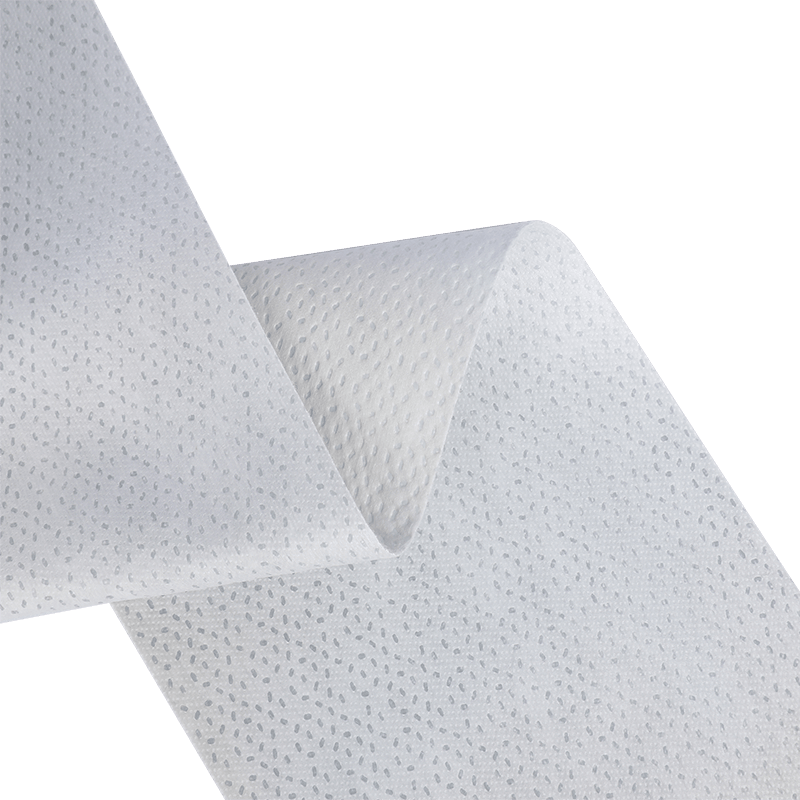Laminated Non-Woven Fabric
Laminated non-woven fabric is manufactured using a process that is superior to heat-embossing. This type of laminated non-woven fabric can have exceptional tear resistance and tensile strength while maintaining its softness and durability. It is also suitable for water proofing. Other applications include packaging paper, bags, and medical clothing.
This laminated non-woven fabric is made by a special bonding procedure. Fibers of a spun-bonded non-woven fabric are intermingled with fibers of a melt-blown non-woven fabric. Then, the fibers are anchored at the junction by a cellular core. Using this core, the dimensional stability of the non-woven fabric is enhanced and its hand is improved.
Unlike other conventional fabrics, knitted fabric cannot be washed. However, the fibers of knitted fabric are arranged in a certain direction, which makes it easy to split from a right angle. The broken filaments weaken the junction between the layers of the non-woven fabric. In addition, clumps of fibers remain even after brushing. Because of these deficiencies, the production of this fabric is limited. Thus, the main focus of production method improvement is on preventing division.
Another important feature of this laminated non-woven fabric is that it is bonded by mechanical means. In contrast to heat-embossing, mechanical intermingling is effective in preventing the dislocation of fibers and the pimpling of facings. Also, the cellular core enhances the structural integrity of the fabric, and the fibers are bonded with the cellular core in one direction, thereby enhancing its dimensional stability.
This type of laminated non-woven fabric is produced by a process that incorporates a high-pressure water column and a multi-axial extruder. In this type of laminating method, the fibers in the non-woven fabric are bonded at a coarse density. They are subsequently integrated into a porous support material. Alternatively, a cellular sheet material may be used, and the core is reinforced in one direction.
The core of the cellular sheet material is preferably closed-cell. Cellular sheet materials can be produced from any suitable material. For example, a cellular sheet can be made from cotton, polypropylene, cellulose acetate, or nylon. To ensure a good quality of the lamination film, a cellular sheet material may be treated with a coating of a protective varnish.
A number of types of laminated non-woven fabrics have been proposed. These include composite non-woven fabric, which combines two or three layers of non-woven fabrics. Composite non-woven fabric is distinguished by its high barrier properties, hydrostatic pressure resistance, and anti-aging treatment. Moreover, its lightweight construction is particularly suitable for featherweight and summer-weight blankets.
Another characteristic of this laminated non-woven fabric is its breathability. It is especially suited for the design of face masks. Additionally, it's tear resistance and filtration capacity are excellent.
The invention includes an inner and outer layer of spun-bonded non-woven fabric composed of polyester-type fibres. The fibres of the outer layer are bonded together locally at a coarse density, while those in the inner layer are bonded together at a coarser density. Several kinds of laminated non-woven fabric have been proposed.
 SFS Laminated Non-woven fabric (Breathable Membrane optional)
SFS Laminated Non-woven fabric (Breathable Membrane optional)
